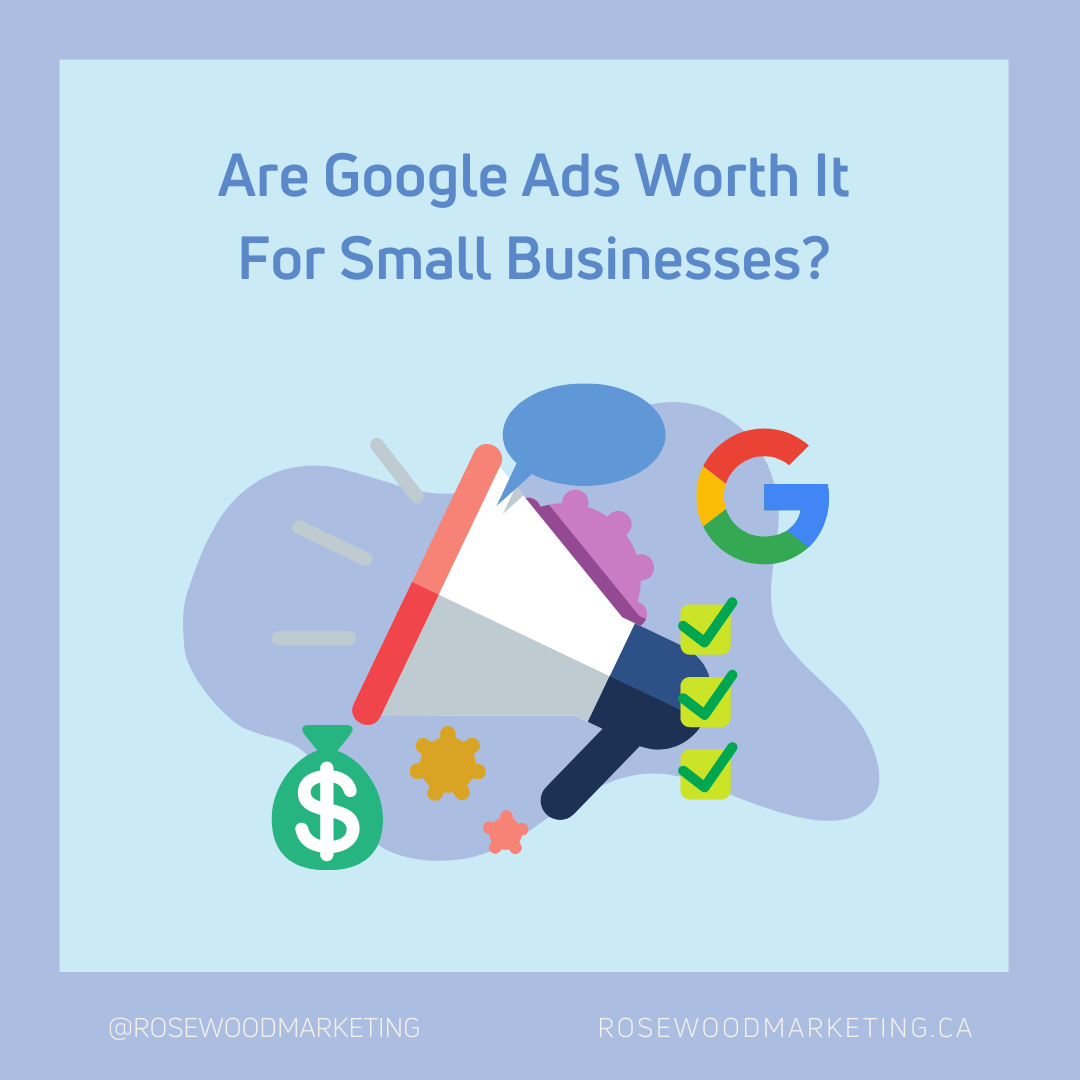If you’ve been looking into or set up online ads or have already setup ads for your business, you should be familiar with pay per click (PPC). PPC ads are the main kind of ad on the major advertising platforms provided by Google and Meta (Facebook and Instagram). These ads are great for small businesses because they appropriately scale the cost of your advertising. Are you just starting with online ads for your business or maybe you’re hoping to improve their performance? Here are the top five best PPC practices for getting more clicks and conversions.
Specificity is King of PPC Best Practices
Specificity is critical for small business’ PPC ads. Broad keywords and search terms can potentially include your ads in more common searches, but they come with certain drawbacks. These keywords will be more expensive since they are more popular and often purchased by larger businesses who are casting much wider nets. They are also less effective because they are not focused on your customers’ more specific searches. Instead, choose specific keywords that are pertinent to each ad. This will make each one more effective and generate more responses.
Picking the Right Targets
Along with specific keywords, defining your ads’ targets is a PPC best practice. Google and Meta both track data about their users to get a sense of their interests, age group, gender, and other demographics. All of these can be used as target criteria for your ads. For all these possible targets, don’t just use a general sweep of interests for every ad your business runs. Different products or services your business provides will appeal to different interests. Ensure your ads are specifically targeting the ones that are relevant to garner interest and clicks.
One criterion that can be important for specificity is location. Most small businesses operate in their local area. Targeting certain ads towards your business’ area will ensure locals see your ads. Another factor to consider is that different services, including Meta’s different platforms (Instagram and Facebook), will have different audiences for your business. Ensure you are targeting your ads to how they are performing on each service.
Running Tests
Some provisional research can help you start creating some initially effective ads for your business. However, the best information comes from running ads and getting results. After some time, begin to run tests to identify potential areas of improvement for your ads. Both Google and Meta allow for A/B testing, where two versions of an ad with different copy, call to actions, etc. are run simultaneously to separate members of your target group. A/B testing is a standard PPC best practice and provides a direct indication of which aspects proved more effective at generating clicks.
Use the Tools Provided
Both Google’s and Meta’s ads managers put an incredible amount of tools and data at your disposal to track and improve your ads. Use these for some immediate indications for where you can improve your ads. Along with extensive tracking on both platforms, Google Ads provides recommendations for each ad and a quality score with an optimization breakdown. Meta provides its own optimization tool to identify aspects that can be changed to improve outcomes. Along with these tools, both platforms also provide their own detailed list of best practices specific to their services. These tools and lists won’t necessarily provide immediate fixes, but this will help locate potential areas of improvement for any ad.
The Right Landing Page
The settings, stats, and information on Google Ads and Meta Ads will help you improve your click rates. The final goal, however, is to convert those clicks into purchasing products or services from your business. Ensure the landing page for each ad is relevant and specific. Linking your home page or a generic landing page is not always the best practice. You’ll want to provide anyone clicking on an ad to arrive at the thing that interested them. Ensure an ad takes a visitor to the page with the specific product or service they clicked on with that same product or service.
The Best Practice is To Keep Improving
Following these 5 best practices will undoubtedly improve your PPC ads, but the best practice is to keep improving. Continue to (re)specify your keywords and targets, test ads, and monitor the information and optimizations that the platforms provide. Just like your business, its ads will keep changing and need updating and maintenance. If you want even more suggestions or want help updating and maintaining your ads, contact Rosewood’s advertising team for even more PPC best practices.




